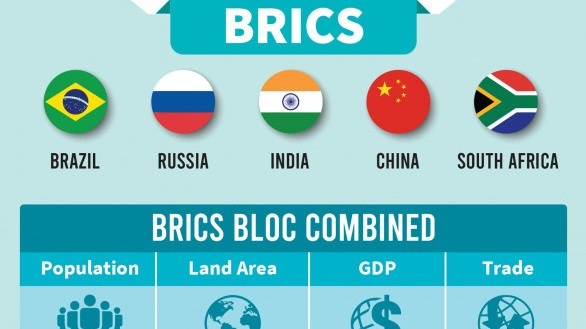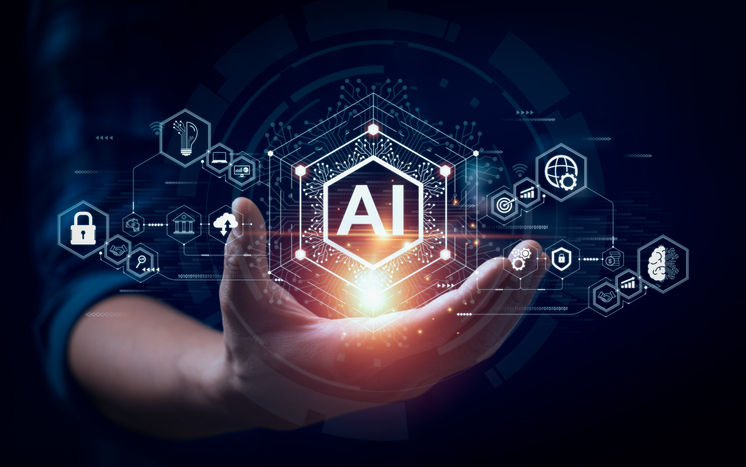Navigating Global Trade Turbulence with AI and Predictive Analytics

Strong 8k brings an ultra-HD IPTV experience to your living room and your pocket.
The modern global marketplace is characterized by unprecedented volatility. Shifting geopolitical alliances and sudden policy changes can upend established supply chains overnight, leaving businesses scrambling to adapt. In this environment of constant uncertainty, traditional, reactive approaches to procurement and logistics are no longer sufficient. Companies that thrive will be those that can anticipate and navigate these disruptions effectively. The key to unlocking this foresight lies in the strategic implementation of artificial intelligence (AI) and predictive analytics, transforming risk management from a defensive posture into a powerful competitive advantage.
The New Reality of Geopolitical Risk in Supply Chains
Trade disputes and protectionist policies create ripples that extend far beyond simple cost increases. They introduce complex risks related to supply continuity, lead times, and compliance. A sudden tariff can render a key supplier economically unviable, while a trade embargo can sever a critical supply line entirely. This forces procurement leaders and Chief Procurement Officers (CPOs) to grapple with difficult questions about supplier diversification, inventory management, and long-term sourcing strategy. The challenge is not merely financial; it is a fundamental threat to operational stability and a company’s ability to serve its customers reliably. Relying on historical data alone is inadequate when the future of trade is being actively rewritten.
Moving Beyond Reaction to Proactive Prediction
The primary advantage of leveraging advanced analytics is the shift from a reactive to a proactive mindset. Instead of waiting for a trade policy announcement to cause chaos, predictive models can analyze vast, unstructured datasets in real time. These systems ingest information from global news outlets, government policy papers, social media sentiment, shipping manifests, and economic indicators. By identifying subtle patterns and correlations that are invisible to human analysts, they can generate early warnings about potential trade friction. This allows organizations to anticipate disruptions, assess their potential impact, and begin contingency planning long before a risk becomes a crisis.
AI-Powered Scenario Modeling for Strategic Decision-Making
Predictive analytics identifies the "what," but AI-powered scenario modeling helps answer the crucial question of "what if?" These intelligent systems can run thousands of complex simulations to forecast the cascading effects of potential geopolitical events. For example, a business can model the precise financial and logistical impact of potential future BRICS tariffs on its component costs and finished goods. This simulation can reveal vulnerabilities in a multi-tiered supply chain that were previously hidden. Armed with this data, leadership can evaluate the viability of alternative sourcing locations, pre-qualify backup suppliers in different regions, or analyze the return on investment for near-shoring or on-shoring critical production processes, making decisions based on data, not just intuition.
Building Resilient and Agile Supply Networks
The ultimate goal of using these technologies is to build a supply chain that is not just robust, but truly resilient and agile. Resilience is the ability to absorb a shock, while agility is the ability to adapt and pivot quickly. AI contributes to both. By continuously monitoring the global trade environment, AI-driven platforms can provide real-time alerts and actionable recommendations. If a primary shipping lane becomes congested due to a geopolitical event, the system can instantly model and suggest alternative routes. If a key supplier faces new export restrictions, the technology can flag pre-vetted alternative partners. This creates a dynamic, intelligent supply network that can navigate turbulence with minimal disruption, securing a distinct and sustainable competitive edge in an unstable world.
Note: IndiBlogHub features both user-submitted and editorial content. We do not verify third-party contributions. Read our Disclaimer and Privacy Policyfor details.



